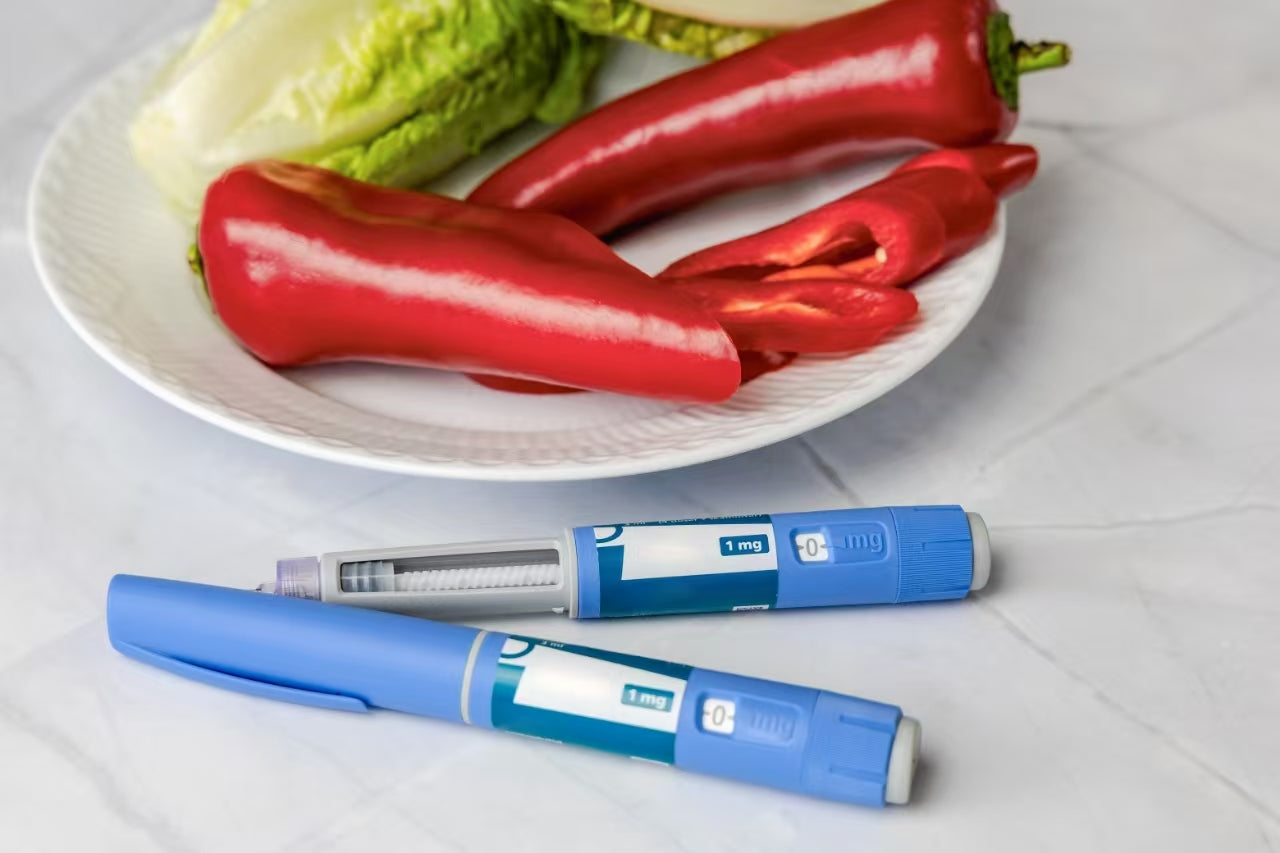
Hormonal Cycles and Weight Fluctuations: Adapting Your Diet and Exercise Routine

Why Hormonal Cycles Matter
-
Follicular Phase (Days 1–14):
-
Starts with menstruation and leads up to ovulation.
-
Estrogen levels rise, boosting energy, mood, and strength.
-
Your body is more insulin-sensitive, meaning it processes carbs more efficiently.
-
Weight tends to stabilize or even drop slightly.
-
-
Luteal Phase (Days 15–28):
-
Begins after ovulation and leads up to menstruation.
-
Progesterone takes the spotlight, increasing appetite and water retention.
-
Energy might dip, and cravings for comfort foods (hello, chocolate and carbs) intensify.
-
Weight can fluctuate due to bloating and fluid retention.
-
Why Weight Fluctuations Are Normal
Adapting Your Diet to Hormonal Changes
-
During the Follicular Phase
-
What to Focus On:
-
Carbs are your friend. Your body is primed to process them efficiently, so use this time to fuel your workouts and recovery.
-
Load up on lean proteins and colorful veggies to support muscle growth and overall health.
-
-
Pro Tip: This is a great time to focus on calorie-dense meals that support performance. Think sweet potatoes, quinoa, grilled chicken, and roasted veggies.
-
During the Luteal Phase
-
What to Focus On:
-
Protein and healthy fats will help keep you fuller for longer and reduce the urge to snack on less nutrient-dense foods.
-
Magnesium-rich foods (spinach, almonds, dark chocolate) can help reduce cramps and bloating.
-
Stay hydrated to combat water retention.
-
-
Pro Tip: Honor your cravings within reason. If you’re craving something sweet, opt for dark chocolate or fruit with nut butter instead of hitting the drive-thru.
Tweaking Your Training for Each Phase
-
Follicular Phase: Bring the Heat
-
What to Do:
-
You’re feeling strong, so this is the time to push hard. Schedule your heaviest lifts, high-intensity interval training (HIIT), or challenging endurance sessions.
-
Your body recovers faster during this phase, so take advantage of it.
-
-
Pro Tip: If you’ve been wanting to try a new PR or crush a tough workout, this is your window to go for it.
-
Luteal Phase: Shift to Maintenance
-
What to Do:
-
Energy might dip, so scale back intensity if needed. Swap out max-effort sessions for moderate weights, steady-state cardio, or yoga.
-
Focus on mobility work and active recovery to prep your body for the next cycle.
-
-
Pro Tip: Don’t beat yourself up if you’re not hitting the same numbers as last week. Progress isn’t linear, and rest is part of the process.
Mindset Matters: Let Go of Perfection
What That Looks Like:
-
Tracking Your Cycle: Use an app or journal to note how you’re feeling during different phases. Over time, you’ll spot patterns and know when to push hard or scale back.
-
Celebrating Small Wins: Maybe your luteal phase workout isn’t your strongest, but you showed up. That’s still progress.
-
Focusing on Long-Term Goals: Weight fluctuations are temporary. What matters is consistency over weeks and months, not a random spike on the scale.
Final Thoughts: Work With Your Body, Not Against It
Resources for the Science Nerds
-
American Journal of Clinical Nutrition. (2020). "The Impact of Hormones on Weight and Metabolism."
-
Journal of Strength and Conditioning Research. (2019). "Adapting Training to Female Hormonal Cycles."
-
Harvard Medical School. (2021). "Understanding Hormonal Cycles and Their Effects on Health."
Meet Fitnexa, your AI-driven companion that turns everyday habits into a positive, uplifting journey. From effortless meal analysis (including recipe suggestions) to personalized coaching and real-time support, Fitnexa keeps you on track toward lasting wellness — so you can stay younger, live longer.
https://apple.co/4hr8JGW





Leave a comment
This site is protected by hCaptcha and the hCaptcha Privacy Policy and Terms of Service apply.